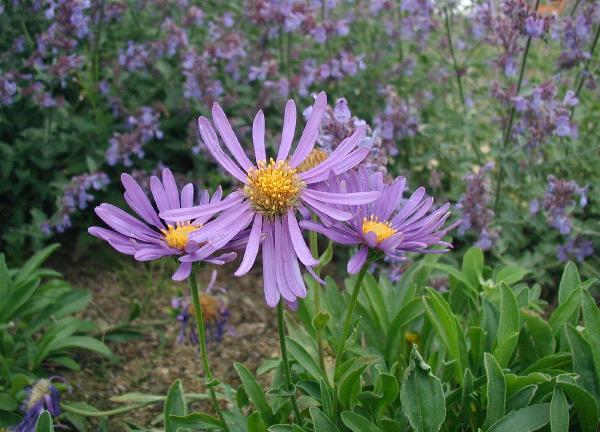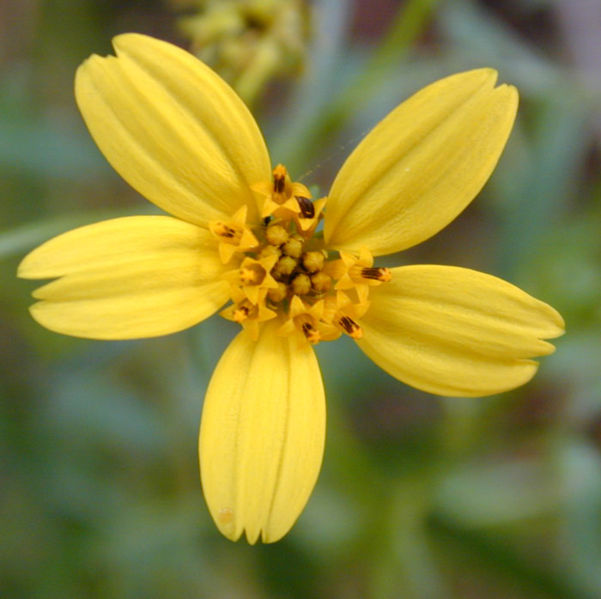AsteraceaeThe family Asteraceae or Compositae, known as the aster, daisy or sunflower family, is the second largest family family of flowering plants, after Orchidaceae, in terms of number of species. The name 'Asteraceae' is derived from the type genus Aster, while 'Compositae', an older but still valid [1] name, means composite and refers to the peculiar inflorescence. According to the Royal Botanical Gardens of Kew the family comprises more than 1,600 genera and 23,000 species. The largest genera are Senecio (1,500 species), Vernonia (1,000 species), Cousinia (600 species), Centaurea (600 species). The circumscription of the genera is often problematic and some of these have been frequently divided into minor subgroups [2]. Asteraceae are cosmopolitan, but most common in the temperate regions and tropical mountains. Asteraceae are most usually herbs, but some trees and climbers do exist. They are generally easy to distinguish, mainly because of their peculiar inflorescence and share many apomorphies [2]. The leaves and the stems very often contain secretory canals with resin or latex (particularly common among the Cichorioideae). The leaves can be alternate, opposite, or whorled. They may be simple, but are often deeply lobed or otherwise incised, often conduplicate or revolute. The margins can be entire or dentate. References
From Wikipedia, the free encyclopedia
|
|

